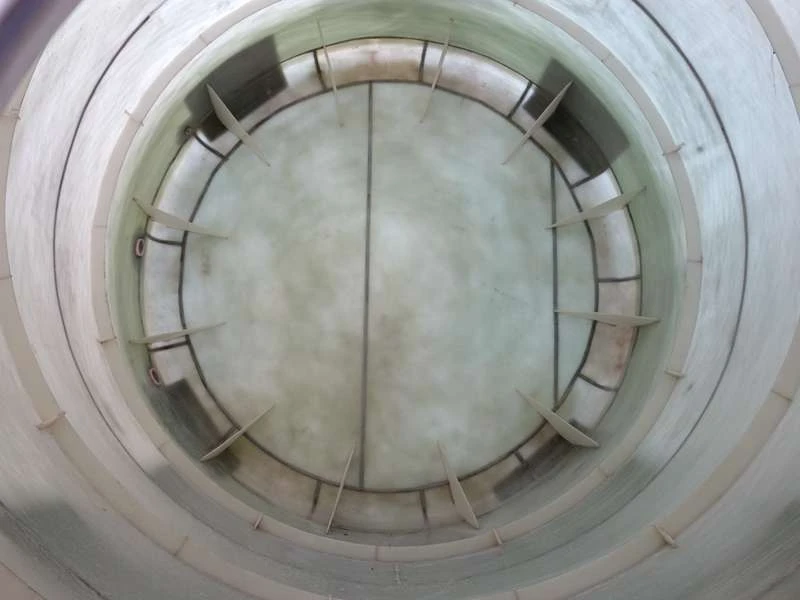
-
 Afrikaans
Afrikaans -
 Albanian
Albanian -
 Amharic
Amharic -
 Arabic
Arabic -
 Armenian
Armenian -
 Azerbaijani
Azerbaijani -
 Basque
Basque -
 Belarusian
Belarusian -
 Bengali
Bengali -
 Bosnian
Bosnian -
 Bulgarian
Bulgarian -
 Catalan
Catalan -
 Cebuano
Cebuano -
 China
China -
 China (Taiwan)
China (Taiwan) -
 Corsican
Corsican -
 Croatian
Croatian -
 Czech
Czech -
 Danish
Danish -
 Dutch
Dutch -
 English
English -
 Esperanto
Esperanto -
 Estonian
Estonian -
 Finnish
Finnish -
 French
French -
 Frisian
Frisian -
 Galician
Galician -
 Georgian
Georgian -
 German
German -
 Greek
Greek -
 Gujarati
Gujarati -
 Haitian Creole
Haitian Creole -
 hausa
hausa -
 hawaiian
hawaiian -
 Hebrew
Hebrew -
 Hindi
Hindi -
 Miao
Miao -
 Hungarian
Hungarian -
 Icelandic
Icelandic -
 igbo
igbo -
 Indonesian
Indonesian -
 irish
irish -
 Italian
Italian -
 Japanese
Japanese -
 Javanese
Javanese -
 Kannada
Kannada -
 kazakh
kazakh -
 Khmer
Khmer -
 Rwandese
Rwandese -
 Korean
Korean -
 Kurdish
Kurdish -
 Kyrgyz
Kyrgyz -
 Lao
Lao -
 Latin
Latin -
 Latvian
Latvian -
 Lithuanian
Lithuanian -
 Luxembourgish
Luxembourgish -
 Macedonian
Macedonian -
 Malgashi
Malgashi -
 Malay
Malay -
 Malayalam
Malayalam -
 Maltese
Maltese -
 Maori
Maori -
 Marathi
Marathi -
 Mongolian
Mongolian -
 Myanmar
Myanmar -
 Nepali
Nepali -
 Norwegian
Norwegian -
 Norwegian
Norwegian -
 Occitan
Occitan -
 Pashto
Pashto -
 Persian
Persian -
 Polish
Polish -
 Portuguese
Portuguese -
 Punjabi
Punjabi -
 Romanian
Romanian -
 Russian
Russian -
 Samoan
Samoan -
 Scottish Gaelic
Scottish Gaelic -
 Serbian
Serbian -
 Sesotho
Sesotho -
 Shona
Shona -
 Sindhi
Sindhi -
 Sinhala
Sinhala -
 Slovak
Slovak -
 Slovenian
Slovenian -
 Somali
Somali -
 Spanish
Spanish -
 Sundanese
Sundanese -
 Swahili
Swahili -
 Swedish
Swedish -
 Tagalog
Tagalog -
 Tajik
Tajik -
 Tamil
Tamil -
 Tatar
Tatar -
 Telugu
Telugu -
 Thai
Thai -
 Turkish
Turkish -
 Turkmen
Turkmen -
 Ukrainian
Ukrainian -
 Urdu
Urdu -
 Uighur
Uighur -
 Uzbek
Uzbek -
 Vietnamese
Vietnamese -
 Welsh
Welsh -
 Bantu
Bantu -
 Yiddish
Yiddish -
 Yoruba
Yoruba -
 Zulu
Zulu
flue gas desulfurization
Flue Gas Desulfurization A Critical Technology for Environmental Protection
Flue Gas Desulfurization (FGD) is an essential process employed in various industries to reduce sulfur dioxide (SO2) emissions from the combustion of fossil fuels. As the world grapples with the adverse effects of air pollution and climate change, FGD technologies have become increasingly crucial for any effort aimed at curbing harmful emissions and protecting air quality. This article explores the significance, mechanisms, and advancements of FGD, highlighting its vital role in promoting a sustainable environment.
Flue Gas Desulfurization A Critical Technology for Environmental Protection
FGD systems primarily operate by removing SO2 from the flue gas produced during combustion. The two most common methods of FGD are wet scrubbing and dry scrubbing. Wet scrubbing involves the use of a liquid absorbent, typically a lime or limestone slurry, that chemically reacts with sulfur dioxide to form calcium sulfite. This calcium sulfite can then be further processed into gypsum, a valuable byproduct used in construction and other industries. In contrast, dry scrubbing employs alkaline materials such as sodium bicarbonate or hydrated lime in a dry form to neutralize SO2. Both methods effectively reduce sulfur emissions, making them integral components of modern industrial operations.
flue gas desulfurization

In recent years, advancements in FGD technologies have led to increased efficiency and lower operational costs. Research and development efforts have focused on enhancing the design and materials used in FGD systems, resulting in better capture rates for SO2. Additionally, the integration of digital technologies, such as process automation and data analytics, has improved the monitoring and control of FGD systems, ensuring optimal performance. These innovations not only contribute to improved environmental outcomes but also bolster the economic viability of implementing FGD in various industries.
The role of FGD is not limited to its immediate environmental benefits; it also plays a significant part in addressing global climate change. By reducing SO2 emissions, FGD systems help mitigate the formation of particulate matter and other secondary pollutants that can compound climate issues. Furthermore, the capture and conversion of sulfur compounds into usable byproducts promote a circular economy. This transformation is crucial as industries worldwide strive for sustainability, reducing waste and maximizing resource efficiency.
The global push for cleaner energy and stricter environmental regulations has accelerated the adoption of FGD technologies. Many countries have established stringent limits on SO2 emissions, urging industries to invest in FGD systems to comply with these regulations. As nations transition towards cleaner energy sources, FGD remains a transitional technology that can help bridge the gap between traditional fossil fuel reliance and a future powered by renewable energy.
In conclusion, Flue Gas Desulfurization is a pivotal technology in the fight against air pollution and climate change. By effectively removing sulfur dioxide emissions from industrial processes, FGD not only protects public health and the environment but also supports the global transition towards sustainability. As technology continues to evolve, the future of FGD looks promising, further solidifying its role as an indispensable component in the toolkit for environmental protection. Through ongoing innovation and commitment to cleaner practices, society can strive to achieve cleaner air and a healthier planet for generations to come.









